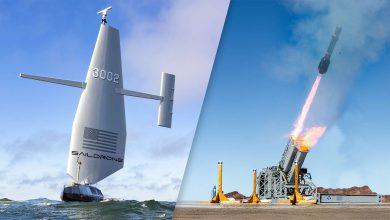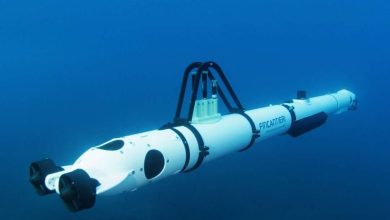
Harmonizing Data: Harnessing Performance Insights with Anschütz eLog
Digital logbooks function as much more than just an electronic alternative to traditional paper logbooks—they create a crucial base for paperless transportation and serve as adaptable instruments for incorporating various data onboard. This functionality opens up avenues to optimize numerous procedures and deliver vital insights for analytical applications.
The Anschütz eLog assures reliable and all-encompassing logbooks, streamlining an array of documentation responsibilities. Furthermore, it offers a host of features and integrations that augment the capture and application of onboard data.
Intelligent Management of Onboard Information
It’s prudent to digitize all onboard information, enabling effective utilization. Onboard data may comprise sensor readings or inputs from the crew. Both categories are documented in a logbook, thus providing context (location, situations, supplementary data).
Anschütz’s eLog grants shipowners the capability to effortlessly export this information in electronic formats or easily analyze the data from shore via cloud connectivity.
The eLog enhances reporting and, through its integration with various systems, provides invaluable real-time voyage insights to all stakeholders by consolidating and converting numerous manual data processes into a digital data chain for exchange, processing, and analysis.

Incorporating Sensor Information
The amplified significance of maritime data chains and performance assessments stems from both the volume and the quality of the available data. Leveraging an electronic logbook as a data-acquisition platform affords several benefits:
- First: Electronic logbooks are safe and resistant to manipulation.
- Second: Pure sensor data comes with contextual details alongside the actions and decisions made by the crew, providing a holistic perspective.
Anschütz’s eLog incorporates user-friendly, workflow-focused templates for manual data input. The eLog automatically retrieves data such as position, speed, and course from navigation systems. Additional metrics, including performance and condition information from individual systems and sensors, can be appended based on the extent of integration with bridge systems.
Data from Hoppe Marine Systems can also be incorporated. This integration means that tank levels, flow meter statistics, and engine data are readily available in the eLog. Alongside user-friendliness, the combination of Hoppe’s sensor data validation with eLog’s intelligent workflows and plausibility checks delivers significant benefits in data quality and efficiency for clients.

eLog by Anschütz: Most Comprehensive Range of Digital Logbooks, Effortless Implementation
Anschütz launched the eLog to eradicate error-prone manual data gathering with an automated, secure, digital workflow. The eLog encompasses all crucial bridge and deck logbooks, engine logbooks, MARPOL record-keeping books, and sensitive log entries, including the ship security logbook, visitor logbook, and medical log.
An intuitive interface and templates that closely replicate traditional paper logbooks make the transition to electronic logbooks straightforward. To further facilitate the shift to digital logbooks, Anschütz has established a clear, structured, phased implementation process. Computer-based training and dedicated support from shore are also available. If required, assistance with ISM Code adaptation is provided.
The eLog is entirely compatible with diverse bridge systems and can be seamlessly integrated with components from other manufacturers. Leading classification societies and numerous flag states acknowledge eLog as an equivalent to conventional paper logbooks.






